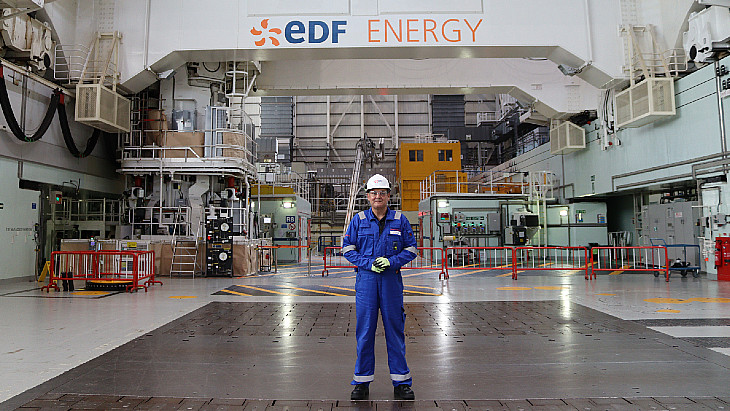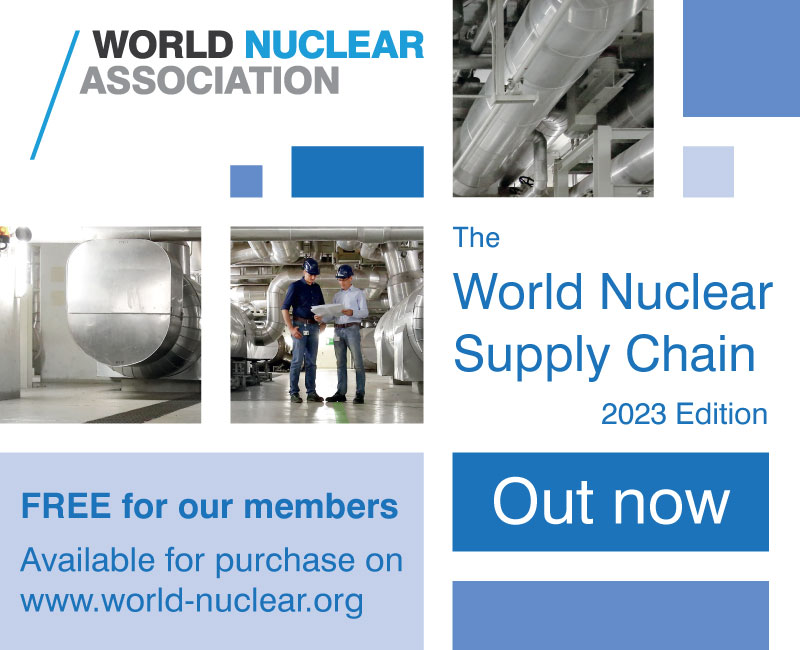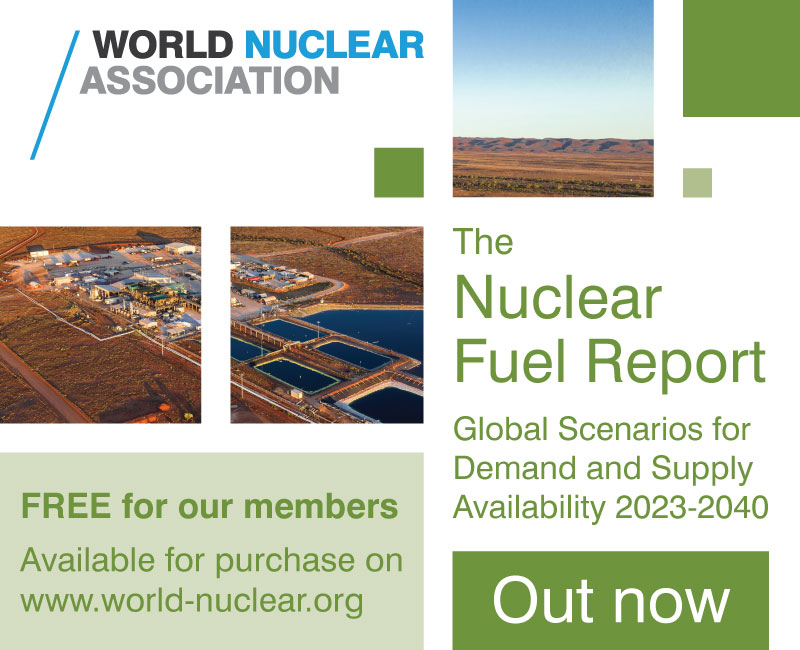NRC issues final rule on Fukushima lessons
.jpg)
The Mitigation of Beyond-Design-Basis-Events Rule will require US commercial reactors to maintain resources and procedures to cool a reactor's core and used fuel pool, as well as preserving containment, after an event that disables all of a site's normal and emergency electrical power sources, as well as the site's ability to safely transfer heat to the environment. Reactors must also maintain equipment that can reliably measure water levels in used pools following a severe event, and "preserve the resources" needed to protect the core, containment and used fuel pool from external hazards.
Most US nuclear power plants must comply with the rule's requirements within two years and 30 days of its publication in the Federal Register, which the NRC said will happen in the spring of 2019. Some plants - those which are subject to the NRC's Containment Venting Order of March 2013 - have an additional year to comply with the requirements.
The NRC in March 2012 made orders for immediate post-Fukushima safety enhancements across the US commercial reactor fleet. The regulator on 24 January said the final rule applies more broadly than the 2013 venting order, the Mitigation Strategies Order of 2012, or conditions included in new reactor licences issued since then. It therefore includes language that ends the previous orders and licence conditions once the final rule's requirements are in place. It also lays out the process for ending the requirements for a plant that has permanently shut down. The rule additionally resolves five petitions for rulemaking submitted in July 2011, and partially resolves a sixth petition submitted in May 2011.
"The NRC and its nuclear power plant licensees will continue post-Fukushima efforts outside of the rulemaking context, including analyses of whether additional safety improvements are necessary in response to updated site-specific seismic and flooding risk assessments," the regulator said.
NRC said its staff had responded to public comments on the draft rule - which was completed in 2016 - by "removing, reorganising, clarifying and enhancing" several sections.
Although the approved by the Commission, two of the five commissioners - Jeff Baran and Stephen Burns - expressed dissent, saying the final rule did not require licensees to prepare for re-evaluated flooding and earthquake hazards based on the most up-to-date seismological and hydrological knowledge.
"This rule was meant to be the capstone of the agency's response to the Fukushima Daiichi accident in Japan," Baran said in a statement to the public meeting at which the NRC affirmed the rule. The final version, he said, would allow licensees to be prepared "only for the old, outdated hazards ... calculated decades ago when the science of seismology and hydrology was far less advanced than it is today".
Burns also expressed his view that the final rule supported by the majority of the Commission would "significantly weaken" the agency's action as a result of lessons learned from the Fukushima Daiichi accident.
"I am chiefly concerned with the position the Commission majority has taken with respect to the re-evaluated hazard analyses performed by licensees. This position is particularly disconcerting given that the accident at Fukushima was a direct result of the operator and regulator failing to take action to account for new scientific knowledge related to natural hazards, especially flooding hazards," he said.
NRC Chairman Christine Svnicki, speaking on behalf of the commissioners who voted in favour of the final rule - the others were Annie Caputo and David Wright - said decisions to omit many provisions of the draft rule had not been arrived at lightly.
"[W]e primarily analysed whether the new requirements were necessary for adequate protection or provided a cost-justified, substantial safety benefit," they said. "In general, we concluded that the requirements already imposed by the Commission by the Mitigation Strategies Order following the Fukushima Daiichi accident are sufficient and no new information in the record before us, including information developed by the staff or submitted by the public, indicates otherwise."
The US Nuclear Energy Institute (NEI) said the decision affirmed that US nuclear plants are "well protected".
"Plants were designed to withstand the most severe hurricanes, earthquakes and other natural hazards as assessed by experts," the Washington, DC-based organisation said. "After their construction, more than USD4 billion in additional equipment was added to protect against even more extreme events that were 'beyond design basis'."
"US nuclear plants have exceeded 90% capacity factors for 15 continuous years, demonstrating the industry's unwavering commitment to safety and the dedication of nuclear plant operators and employees. They are run by highly-trained professionals, are heavily regulated, and boast world-leading safety indicators," the NEI added.



_58601.jpg)









